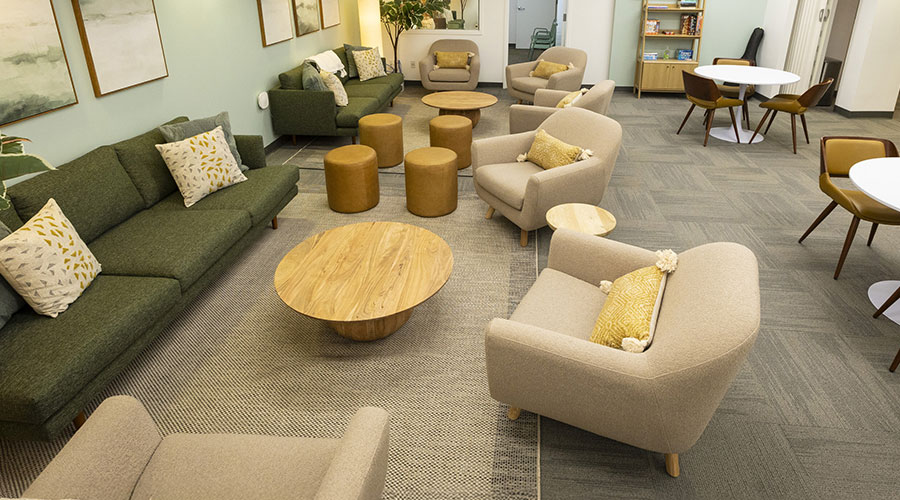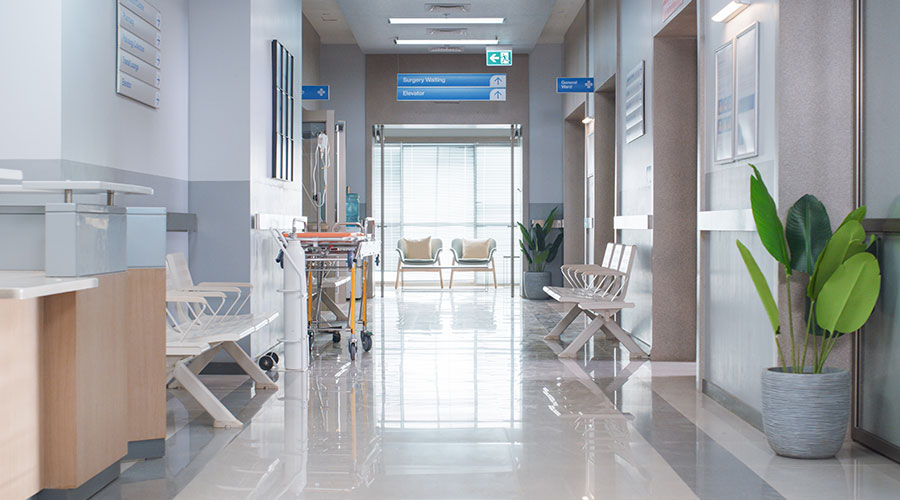Workplace violence in healthcare settings is a common concern worldwide. In many countries, exacerbated by the global Covid-19 pandemic, incidents are on the rise at an alarming rate. While the number of incidents we know about is concerning, it only tells part of the story. The consensus is that incidents are severely underreported, making the problem worse than it seems on the surface. This trend of violence against healthcare workers is unacceptable. It not only has a negative impact on the psychological and physical well-being of medical staff but also affects their job motivation, leading to increased staff turnover, loss of productivity and increased disability and absenteeism costs, impacting the operations of hospitals or mental health centers. Violence in healthcare settings also affects patients’ satisfaction and institutional reputation.
The increasing number of violent incidents is a top concern for healthcare leaders. Yet, many are unsure of the best way to address this complex problem in such a sensitive environment. There is often a feeling that inaction is pervasive as hospital leaders seek to balance safety with quality patient care, often finding that solutions for safety and security are a mismatch for their environments. For those that strike the right balance, the results are eye-opening.
Daniel Hallberg, Hennepin Healthcare System security chief, recognized the need to make a change to his security posture and set out to find a solution for screening people that struck the right balance for his leadership and their concern for patient and staff considerations alike. He knew two things at the onset: First, he needed to find a solution that could address his emergency and acute psychiatric services departments, and second, that traditional metal detectors did not fit the bill. After a rigorous process of validating partners and their technology, Hallberg and his leadership team approved using Metrasens Ultra.
Before implementing Metrasens Ultra, the Hennepin County Medical Center (HCMC) medical staff expressed their concern about the number of weapons and other risk items entering their Emergency and Acute Psychiatric Services Departments.
The emergency department at Hennepin is the busiest in the state, with more than 80,000 visits annually. Add to that more than 12,000 visits to the adult psychiatric services department annually. This makes Hennepin a bustling, urban healthcare facility where staff needs to feel safe to deliver care.
Safety in the workplace, especially in healthcare settings, should be a given. The steps taken by Daniel Hallberg, his team, and his leadership have demonstrated that commitment is more than just words.
In the first five months since the implementation of people screening with Metrasens Ultra, HCMC has prevented the entry of approximately 2,500 risk items, including guns and knives.
While the presence of guns is a top concern, so is the presence of knives, other bladed risk items, and blunt metal objects that, used as weapons, represent a threat. As seen from the data, approximately 1,200 of the 2,500 prevented items were knives or bladed items, which are highly problematic and contribute to the issues communicated by medical staff. With Metrasens Ultra, the security staff at Hennepin County Medical Center can identify the presence of all types of risk items, not just guns, profiled for their level of risk in potential harm to staff or patients themselves.
In the first five months of implementing Metrasens Ultra, Hennepin County Medical Center has been able to prevent the entry of 2,500 risk items from its emergency department and adult psychiatric services department combined. Some of the more prominent items prevented include:
- Knives
- Torches and lighters
- Defensive sprays
- Box-cutters, razors and scissors
- Tools (screwdrivers, pliers, etc.)
- Needles
- Brass knuckles
- Guns
The concerns that often accompany metal detection (size, institutional look) have all been solved with Metrasens Ultra. Not only have medical staff communicated that they feel safer, but the hospital patients and patrons have given positive feedback on their use.

 Designing Healthcare Facilities for Pediatric and Geriatric Populations
Designing Healthcare Facilities for Pediatric and Geriatric Populations Kaiser Permanente Announces New Hospital Tower at Sunnyside Medical Center
Kaiser Permanente Announces New Hospital Tower at Sunnyside Medical Center Building Disaster Resilience Through Collaboration
Building Disaster Resilience Through Collaboration Amae Health Expands to New York City
Amae Health Expands to New York City Hospital for Special Surgery Opens Two New Facilities in New Jersey
Hospital for Special Surgery Opens Two New Facilities in New Jersey